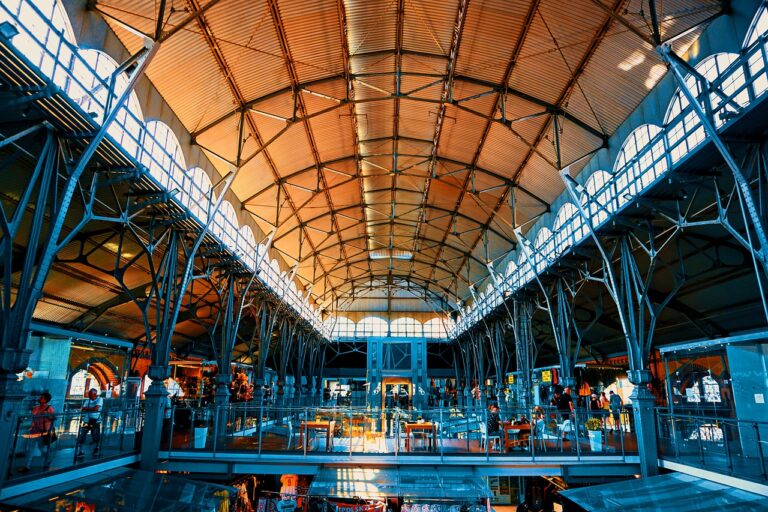The Future of Brick-and-Mortar Stores in an E-commerce World
Brick-and-mortar stores are grappling with increasing competition from online retailers, as more consumers opt for the convenience of shopping from the comfort of their homes. The shift towards e-commerce poses a significant challenge for traditional stores, forcing them to find innovative ways to attract and retain customers in a digital age. Additionally, rising operational costs, including rent, utilities, and staffing, put pressure on brick-and-mortar stores to maintain competitive pricing while still turning a profit.
Moreover, the trend of showrooming, where customers visit physical stores to examine products before making purchases online at lower prices, has become a common practice that further threatens the sustainability of traditional retail establishments. This behavior not only affects sales revenue but also undermines the value that brick-and-mortar stores provide in terms of customer experience and personalized service. As a result, these businesses are constantly seeking ways to differentiate themselves and enhance the overall shopping experience to stay relevant in a rapidly evolving retail landscape.
Impact of E-commerce on Traditional Retail
With the rise of e-commerce, traditional brick-and-mortar stores are facing unprecedented challenges. The convenience of online shopping has changed consumer behavior, leading to a decrease in foot traffic in physical stores. Customers now have the option to browse and purchase products from the comfort of their homes, impacting the revenue streams of traditional retailers.
Moreover, e-commerce platforms offer a broader range of products, competitive pricing, and personalized recommendations based on user preferences. This level of customization and convenience is something that brick-and-mortar stores struggle to replicate, putting them at a disadvantage in attracting and retaining customers. As a result, many traditional retailers are grappling with the dilemma of how to adapt and compete in this rapidly evolving retail landscape.
Strategies for Brick-and-Mortar Stores to Stay Competitive
To stay competitive in today’s retail landscape, brick-and-mortar stores must prioritize enhancing the overall shopping experience for customers. This can be achieved through offering personalized services, creating inviting store layouts, and ensuring efficient customer service. By focusing on providing a seamless and enjoyable shopping experience, brick-and-mortar stores can differentiate themselves from online competitors.
Another crucial strategy for brick-and-mortar stores to stay competitive is to leverage technology to their advantage. Implementing omnichannel strategies that integrate online and offline platforms can help stores reach a wider audience and enhance customer engagement. Additionally, utilizing data analytics to understand customer preferences and behavior can enable brick-and-mortar stores to tailor their offerings and marketing strategies effectively. Adopting innovative technologies such as mobile payment options and virtual reality experiences can also set brick-and-mortar stores apart in an increasingly digital retail environment.





